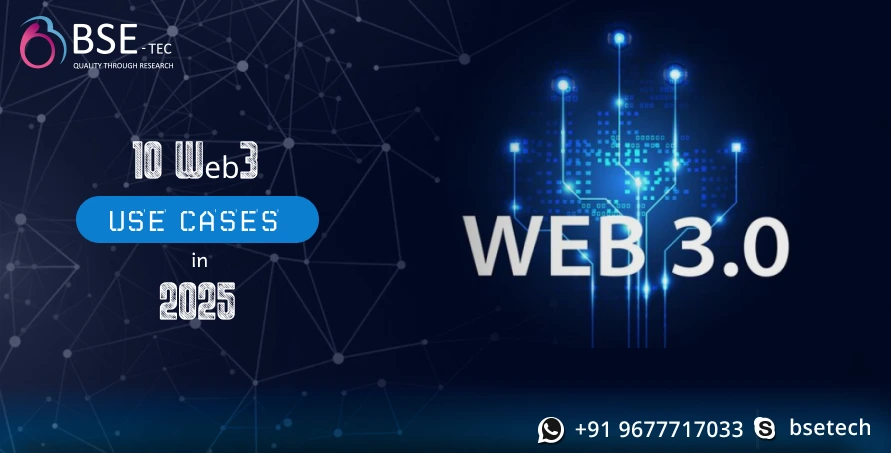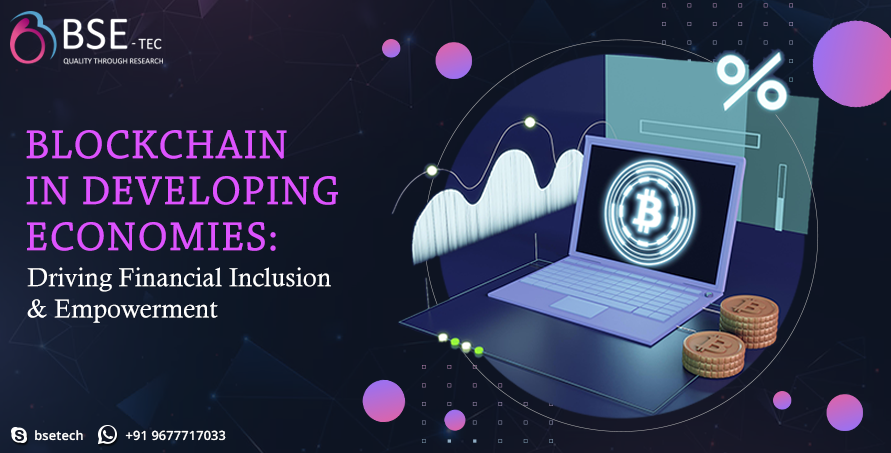
As we transition into 2025, the potential of Web3 technologies is becoming increasingly evident. With the promise of decentralization, enhanced security, and user empowerment, here are ten key use cases of Web3 that are shaping various industries. Web3, often called Web 3.0, represents the next evolution of the internet, emphasizing decentralization, user ownership, and enhanced security. Here’s a breakdown of its key components:
Key Characteristics of Web3
Decentralization
Unlike Web2, which relies heavily on centralized databases and servers controlled by companies, Web3 is built on decentralized protocols (like blockchain) that allow peer-to-peer interactions without intermediaries.
User Ownership
Users in a Web3 environment have greater control over their data and digital assets. Through technologies like blockchain, they can own and manage their personal information, digital identities, and content.
Tokenization
Web3 enables the creation of tokens that represent value or assets, whether they are cryptocurrencies, NFTs (non-fungible tokens), or governance tokens. This allows for new economic models, such as decentralized finance (DeFi) and digital collectibles.
Interoperability
Web3 applications are often designed to work together across different platforms and protocols, promoting seamless user experiences and creating value across various ecosystems.
Smart Contracts
These are self-executing contracts with the terms of the agreement directly written into code. They automate various processes securely and efficiently, facilitating trustless transactions.
Enhanced Privacy and Security
Using cryptographic techniques, Web3 aims to provide better security features, ensuring user data is protected and reducing the risk of hacks and data breaches.
Here are the top Web3 use cases in 2025:
1. Decentralized Finance (DeFi)
DeFi has been a cornerstone of Web3, enabling users to lend, borrow, and trade cryptocurrency without traditional banks. As the ecosystem matures, we expect to see more sophisticated financial instruments and protocols, increasing accessibility for underbanked populations.
2. Non-Fungible Tokens (NFTs) for Digital Ownership
NFTs have evolved beyond digital art into broader applications, such as music, gaming, and real estate. In 2025, we will likely see NFTs being used for fractional ownership and rights management, streamlining transactions, and ensuring creators are compensated fairly.
There are many NFT scripts available as readymade scripts, namely, Minttrades, cryptotrades, opensea and so on. Which can be customized with other features.
3. Decentralized Autonomous Organizations (DAOs)
DAOs enable individuals to collaborate in a decentralized manner without centralized control. By 2025, we may see DAOs operating as community-driven enterprises in various sectors, making decisions through transparent voting mechanisms, thus fostering greater community engagement.
4. Supply Chain Management
Web3 can enhance transparency and traceability in supply chains. By utilizing blockchain technology, businesses can track products from origin to consumer, reducing fraud and ensuring sustainability.
5. Identity Management
Digital identity solutions based on Web3 principles can empower users to manage their identity data. Building specific features for Education – students tutor identity verification specifically in Examination and result, many countries invoke a voting system, where this could lead to more secure online interactions, reducing the risk of identity theft and privacy breaches.
6. Social Media and Content Creation
Web3 is transforming social media platforms by allowing content creators to monetize their work directly through tokenization. In 2025, we may see platforms that reward users with cryptocurrencies for engagement, creating a fairer compensation model compared to traditional ad-driven platforms.
7. Gaming and Virtual Worlds
The integration of blockchain in gaming is evolving rapidly. In 2025, games that utilize play-to-earn models will become commonplace, allowing players to earn real-world value through in-game achievements via the applications developed by smart contract engineers. Virtual reality worlds built on blockchain will also offer immersive experiences with real asset ownership.
8. Healthcare Data Management
Web3 can revolutionize how health data is stored and shared. By giving patients control over their data, healthcare providers can ensure better privacy and security. This implication eliminates the paperwork(carrying of prescriptions), and all data can be decentralized to access their information.
9. Crowdfunding and Venture Capital
Blockchain can simplify the fundraising process for startups through token sales and decentralized investment platforms. In 2025, we could see crowdfunding models maturing, enabling more innovative projects to find funding while providing investors with equity and governance rights.
10. Energy Trading
Decentralized energy grids powered by Web3 can facilitate peer-to-peer energy trading, allowing users to buy, sell, or trade excess energy generated from renewable sources. By 2025, we could witness communities taking energy independence into their own hands, reducing reliance on centralized utilities.
Conclusion
BSEtec is a leading Web3 and Blockchain Development Company at the forefront of the Web3 revolution by developing innovative solutions across various sectors. Each of these use cases showcases the potential of decentralized technologies to transform industries, enhance user empowerment, and create equitable ecosystems.
As we progress through 2025, BSEtec’s contributions will continue to drive the adoption of Web3, making significant improvements in how individuals and organizations interact in the digital landscape.
Did you find this article useful? Let us know by leaving a comment below, or join us on Twitter and Facebook.


